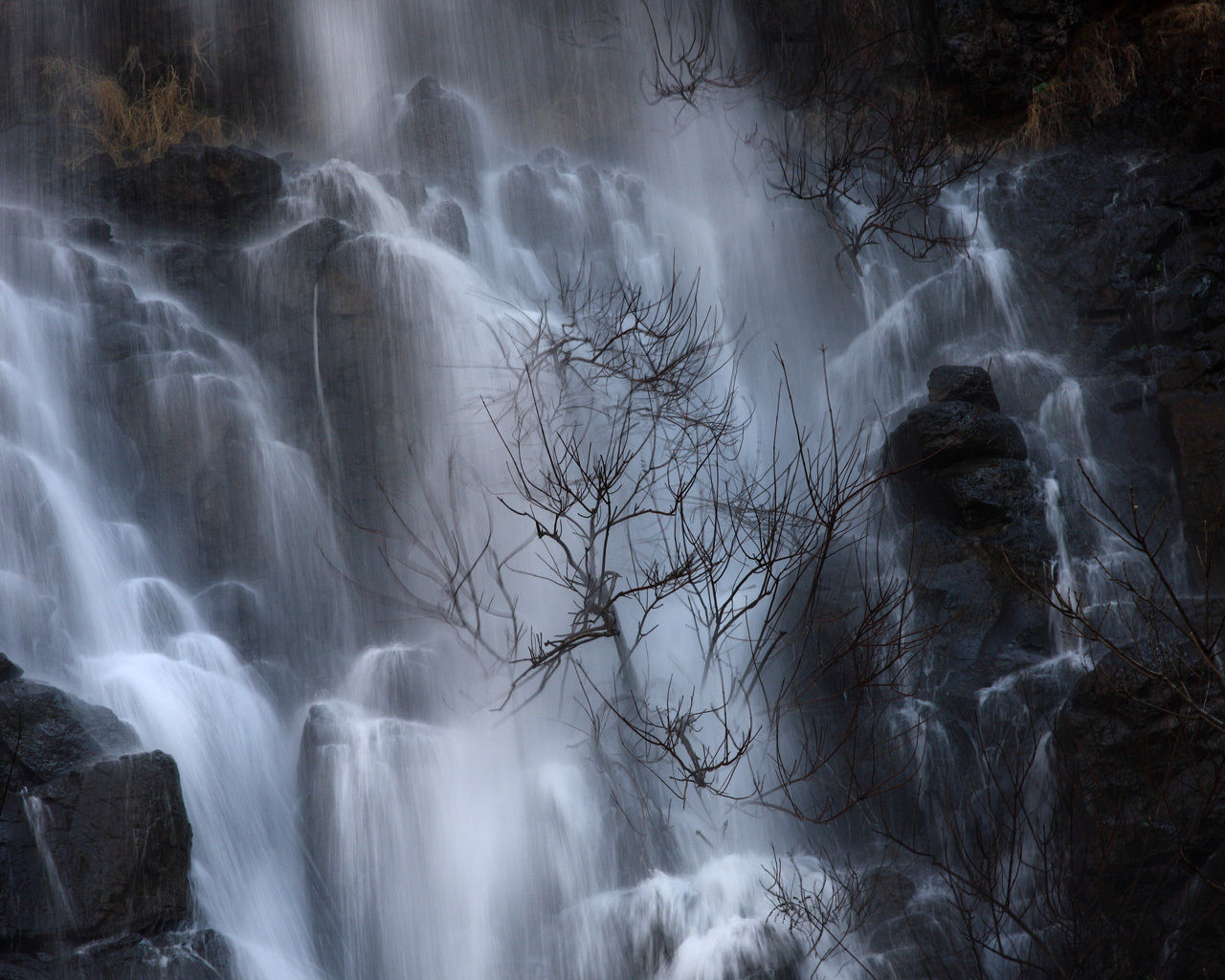
Drink To Healing
Where Consciousness & Pure Awareness come together, assisting to help deliver 'Cleansing' and 'Balance' to Manifest a better Quality of Life with Longevity, whereby the knowledge of Healthier & Safer Water, Products & Food delivers Healing in this fast paced World and times of heavy Toxicity on Earth....
R/O, Filters, and Water Distillers
Reverse Osmosis Filtration is a technology that is used to remove a large majority of contaminants from our water by pushing the water under pressure through a semi-permeable membrane
How do the variety of R/O systems differ from each other, and what are the best and why?
Reverse osmosis typically will remove any molecular compounds smaller in size than water molecules; compounds include salt, manganese, fluoride, iron, lead, and calcium... and, most of all, Reverse osmosis is extremely efficient at stripping minerals from water, as it is a highly used water purification process in the printing industry, in which mineral-free water must be used.
Therefore, while reverse osmosis supplies useful, mineral-free water for printing purposes, it does not provide the healthiest drinking water.
Reverse osmosis will remove several mineral and chemical materials from water and because it removes minerals according to physical size, it is not selective in its removal of dangerous and beneficial minerals. As we're aware, Mineral contaminants such as salt, fluoride, and lead should be removed from drinking water, however, essential minerals to natural body processes and important components of drinking water like iron and manganese, should be left in the water.
Resources show that Iron builds and maintains healthy red blood cells while manganese helps in regulating protein, fat, and carbohydrate metabolism. Manganese, like calcium, is also an essential component in the building of bones and the clotting of blood.
Though there are many foods containing these minerals, drinking water can and should be a major source for their intake.
FILTERS:
There are Single media filters and Multimedia filtration technologies. Typically single media filters are carbon or sand, and can absorb impurities from water through both physical and chemical processes and will generally remove undesirable tastes, colors, and odors from water as well as chemicals such as: hydrogen sulfide, radon, chlorine, volatile organic compounds (VOCs), pesticides, and benzene (Ramstorp, 2003).
Drinking water filters will also remove lead and other chemicals transferred from plumbing systems to water, and filtration is the only water purification process that will remove chlorine and chlorine byproducts from water. It is also the only water purification process that reliably and removes harmful pesticides from water. Single media filters will not remove mineral compounds from water.
The true power of the filtration process lies in multimedia filtration technology. By using multimedia filters, select minerals can be retained in water while more harmful or useless minerals and chemicals can be removed. One of the best parts of multimedia filters lies in their use of chemical processes, as well as physical processes for the removal of undesirable ground and surface water contents, as more media elements are added to the filter cartridge, the filter is able to remove more of the dangerous mineral contents. Multimedia filter cartridges can remove such harmful mineral deposits and chemical additives as arsenic and fluoride from drinking water. Though arsenic levels are generally low in most ground and surface water, the mineral can be deadly.
DISTILLATION:
Distillation removes chemicals similar to those removed by reverse osmosis, but in a different manner. Distillation, through its water evaporation process, will remove any chemicals or organic materials with higher boiling points than water. Such chemicals and organic materials with higher boiling points include bacteria, minerals, trace amounts of metals, many volatile organic chemicals (VOCs), and nitrate (Binnie et al, 2002). Distillation certainly is valuable in its removal of the potentially deadly VOCs and nitrate. It strips water of nearly all of its natural minerals, though. As in the Reverse Osmosis Filtration systems, many of the minerals the distillation process removes are vital to the body’s natural processes. The distillation process is not selective in its removal of minerals, and it strips water of both dangerous and valuable mineral compounds.
Reverse Osmosis vs a Distiller
Both effectively reduce “dissolved solids” content of water, but the processes are quite different.
RO filters water through a very tight semi-permeable membrane. A distiller is like a big tea kettle: it boils water, catches the steam, condenses it, and captures the resulting water. Most impurities are left behind in the boiling chamber.
Both distillers and reverse osmosis systems rely heavily on carbon filtration for chemical removal. (Cheap distillers often have little or no carbon filtration and are, therefore, of limited effectiveness.
Is distilled water purer than reverse osmosis water?
Distillers typically remove a few parts per million more of common mineral constituents like sodium.
However, distillers don't do a good job with volatile chemicals with a low boiling point. Chloramines, for example, which many cities now use instead of chlorine as a disinfectant, aren't removed well by distillers.
Reverse osmosis, with the carbon filters that accompany it, does a very good job with chloramines. Unless volatile chemicals like chlorine are removed by carbon filtration before they enter the distiller, they will be released into the room air or they will end up in the distilled water.
But in general, distilled water is very pure, as is reverse osmosis water.